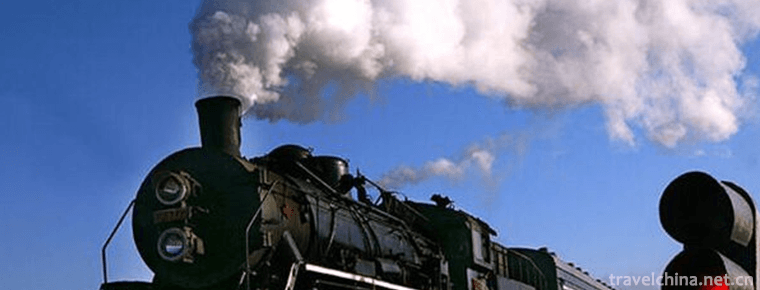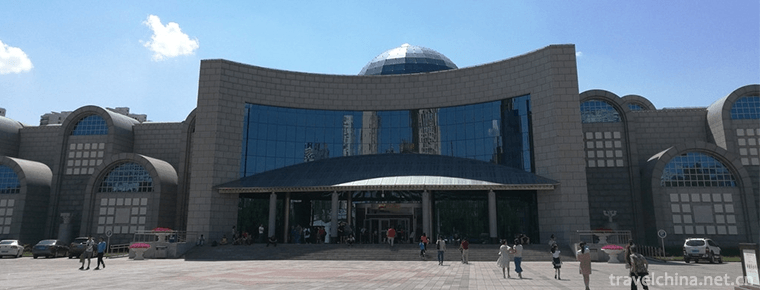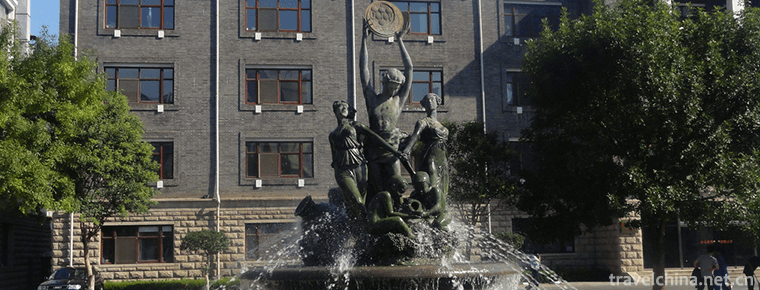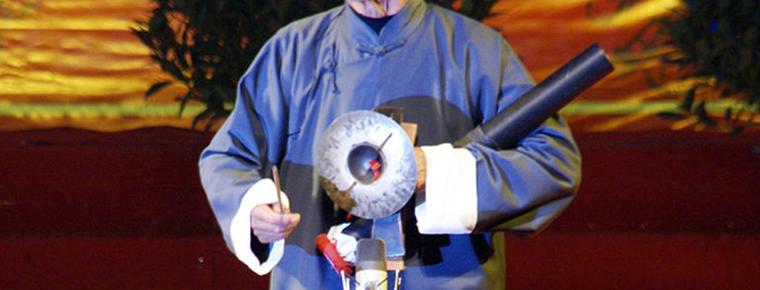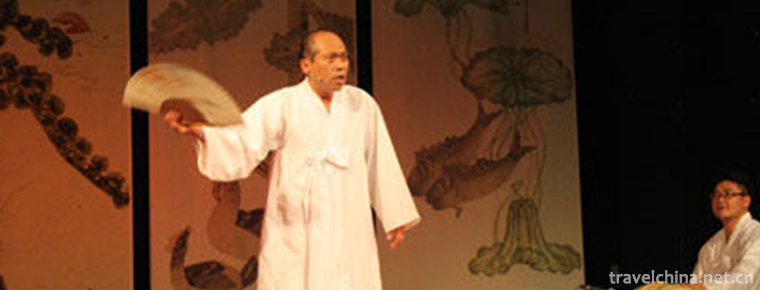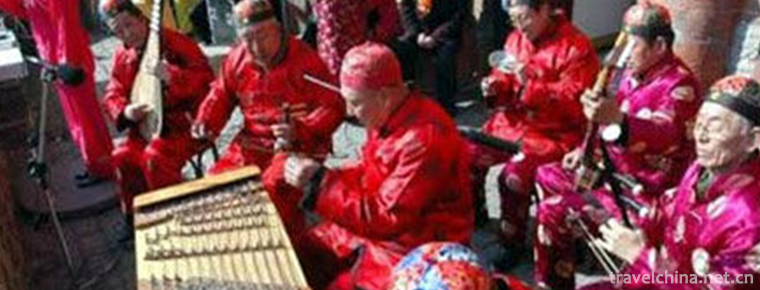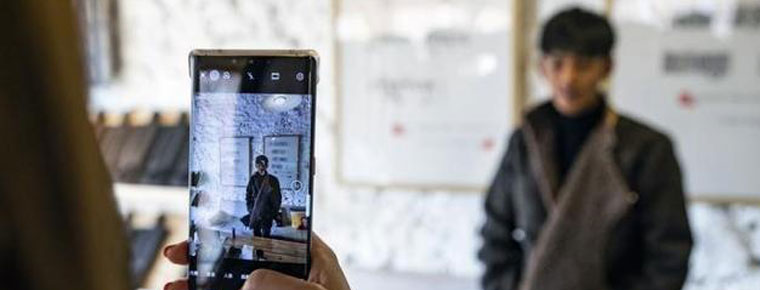Tibetan Cobalt Technology
Tibetan Cobalt Technology
Zhang Zhaxi, a Tibetan cobalt-smelting craftsman over half a century old, told reporters that he was just "catching its tail" when the craft was losing its popularity.
Near June, in a courtyard in the ancient city of Xining, a pile of bronze Buddha statues and artifacts to be restored scattered on the ground. Some of the "disabled" were "prosthetic limbs" by Zhang Zhaxi; some were broken into pieces, pieced together, polished, waiting for cobalt; others were restored Buddha statues, standing there, permeated with the sense of vicissitudes, it is difficult to find traces of restoration.
"Later people are nostalgic and have feelings for the statues and instruments of Buddha, but they are inevitably damaged." Zhang Zhaxi said that the appearance of broken ancient bronze devices can be restored exactly the same with the cobalt technology.
The mysterious cobalt technology is to grind eighteen kinds of plant ash and eight kinds of minerals into powder, mix them with water according to the specific formula, and apply them on the copper parts to be repaired. Then, cover it with sheepskin or cowhide, put a lot of salt and soil rich in tannin in the big pot, cook it with water from Qinghai Lake, three days of big fire, three days of small fire, twenty-one days later, the manual work is basically completed. Then the utensils are fully in contact with the air, and the potions are painted in time, and the result is great.
"Cobalt is a combination of man-made and man-made." Zhang Zhaxi said, "Cobalt is the traditional Tibetan bronze casting skills."
Zhang Zhaxi recalled that in the 1980s, a large number of Buddha statues were piled up in the warehouses of some factories in Xining, and a car could be purchased for a little money. But some Buddha statues were badly damaged and nobody paid attention to them.
At that time, as an uncle of Aka (Tibetan Buddhist monk), Danzhujia, told Zhang Zhaxi that there was an ancient folk method to make these "broken copper and iron" magically restored to their original state.
Zhang Zhaxi said that his uncle dictated the method, but did not personally demonstrate, "I shut myself in the house, ingredients, unlike, ingredients, or unlike... Three months later, a piece about the size of the nail cap suddenly appeared. It was the bronze color of my dream. I patted my thigh and thought it was.
"Many people like gold, saying that it is magnificent and valuable, while cobalt is almost lost, I slanted it right and caught its tail." Zhang Zhaxi said that cobalt is not like gold, cobalt is more complex, three-foot Buddha statue if it takes a day, cobalt will take a month. The gold is heavy on the surface, but the inside and outside of the cobalt statue can become a whole, "giving people a sense of vicissitudes and history, looking at it as if it came from ancient times."
Zhang Zhaxi said that over time, copper Buddha statues will be oxidized to form different spots. The magic of cobalt is that it can restore these spots and make the old as true.
Zhang Zhaxi lamented that the ingredients of herbal ash are complex and difficult to master when cobalt is extracted. Dozens of raw materials are proportionally proportioned, and there will be wonderful chemical reactions. Although the ancients did not know chemistry, they were well versed in the mysteries of the world.
Although cobalt is as old as it is, Zhang Zhaxi said that at first he was a little covert about the craft, fearing that people would say it was fake, "just like an ugly girl doing cosmetic surgery."
Later, an expert knew Zhang Zhaxi's skill and told him, "This is a cobalt-smelting technique, not a fake one, but a restoration of cultural relics, just like the Great Wall, the Forbidden City and the calligraphy and paintings."
Now, Tibetan cobalt technology has been selected into the fourth batch of national intangible cultural heritage list.
"Just as a special actor plays a historical figure, he has to perform his thoughts and spiritual features." Zhang Zhaxi said that if we want to use fire, we must recite the Sutra of God of Fire, "We should devote our faith to every process of every statue. It's easy to make a Buddha statue, but it's difficult to make the temperament and charm of the Buddha statue.
Now, there are still a lot of Buddha statues and artifacts waiting for Zhang Zhaxi's restoration. He said there are not enough people.
"It's hard to find a person who has a heart, who likes art and handicraft." Zhang Zhaxi said.
Fortunately, now his nephew is following Zhang Zhaxi to learn craftsmanship. He said that his nephew has mastered 80% of his "power".
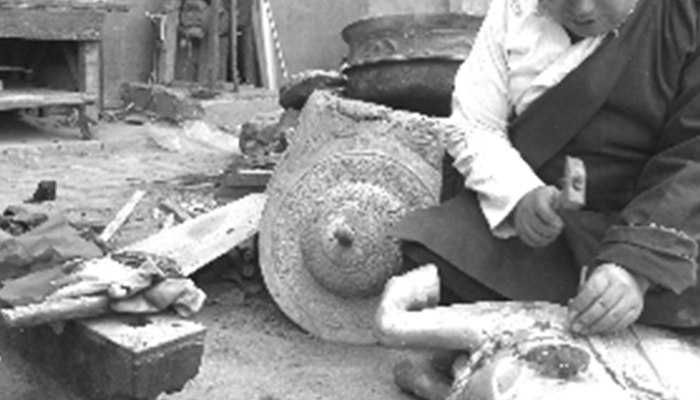
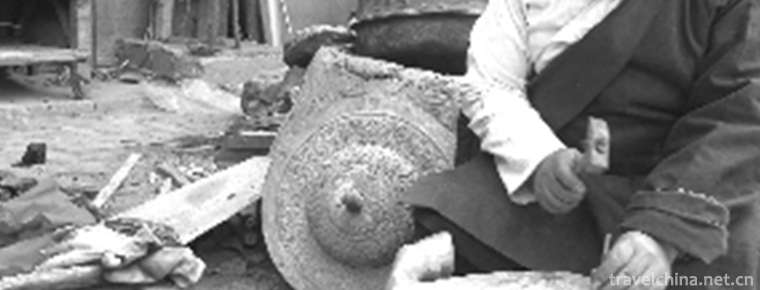
Tibetan Cobalt Technology
-
Chinese Shared bicycle
Shared bicycle refers to the bicycle sharing service provided by enterprises in campus, subway station, bus station, residential area,
Views: 225 Time 2018-11-13 -
Yin and yang
There are three characteristics of yin yang philosophy: unity, opposition and interaction. In thinking, it is an inseparable node of arithmetic and divination.
Views: 387 Time 2018-11-13 -
Iron Coal Steam Locomotive Museum
Tiaobingshan Steam Locomotive Museum, formerly known as Iron Coal Steam Locomotive Museum. National AAAA-level scenic spots and national industrial tourism demonstration sites
Views: 230 Time 2019-02-22 -
Museum of Xinjiang Uygur Autonomous Region
The Museum of Xinjiang Uygur Autonomous Region, located at No. 132 Northwest Road, Urumqi City, is a provincial comprehensive geographic museum.
Views: 248 Time 2019-02-25 -
Zhangyu Wine Culture Museum
Zhangyu Liquor Culture Museum is one of the few professional museums in the world wine industry. It is located at the original site of Zhangyu Company, Da Ma Lu, Zhifu District, Yantai City, Shandong
Views: 182 Time 2019-03-17 -
Hunan fishing drum
Fishing drum is also called tube and bamboo piano. Song Dynasty has emerged, is a popular traditional musical instrument in Hubei, Hunan, Shandong, Guangxi and other areas, often used in opera perform
Views: 196 Time 2019-05-03 -
Linxia brick carving
Linxia brick carving (also known as Hezhou brick carving) is a practical art closely combined with buildings. Linxia brick carving matured in the Ming and Qing dynasties, and in modern times it absorb
Views: 124 Time 2019-05-13 -
Pansori
The main art of Korean folk art is Pan Suo Li, which appeared in the 18th century. At the beginning of the 20th century, it was introduced into China with the immigration of Korean nationality. The wo
Views: 203 Time 2019-06-08 -
Yulin Xiaoqu
The lyrics of Yulin Xiaoqu are integrated with elegance and vulgarity. In terms of language style and structure, there are not only words used by ordinary scholars, but also local dialects and dialect
Views: 178 Time 2019-07-14 -
A city with a fire by one Cold thinking behind Ding Zhen hot
With the popularity of microblogging for nearly seven months, the popularity of microblogging has been created for a long time. At the same time, the hometown of Ding Zhen, Litang County, Ganzi Tibetan Autonomous Prefecture, also ushered in several times the search volume and real gold and silver tourism orders.
Views: 98 Time 2020-12-07 -
Historical evolution of Suining
In Xia and Shang Dynasties, Shu nationality gradually developed and distributed in Sichuan Basin. During the spring and Autumn period and the Warring States period, the Shu nationality
Views: 201 Time 2020-12-16 -
Nanchong hydrology
Nanchong is rich in precipitation. The average annual precipitation is 1000 mm, excluding evaporation, the annual total water is about 4.191 billion cubic meters, and the average annual runoff depth is about 313 mm. The distribution of runoff depth is generally
Views: 376 Time 2020-12-17


